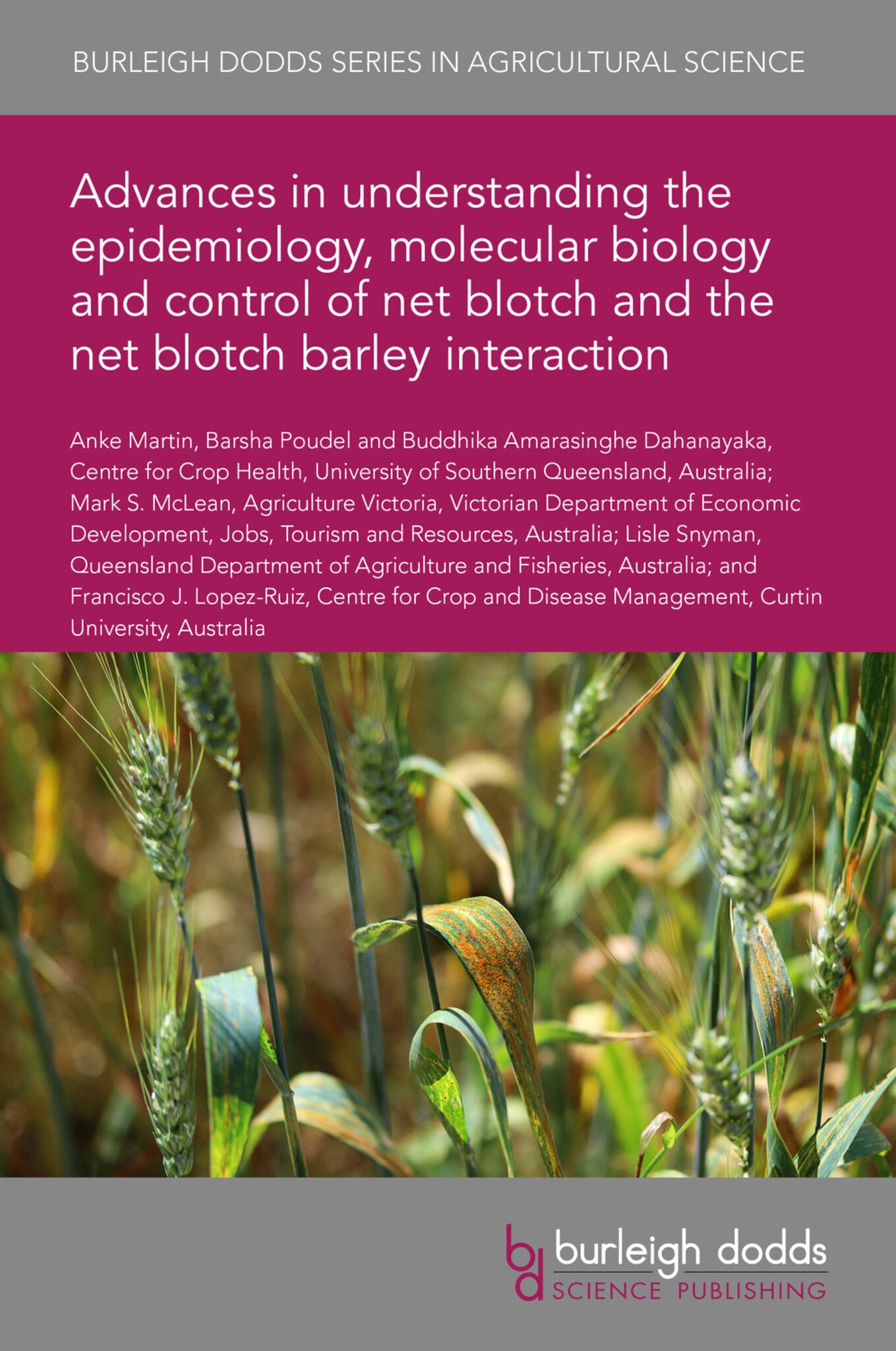We're sorry. An error has occurred
Please cancel or retry.
Advances in understanding the epidemiology, molecular biology and control of net blotch and the net blotch barley interaction

Some error occured while loading the Quick View. Please close the Quick View and try reloading the page.
Couldn't load pickup availability
- Format:
-
18 October 2021


TECHNOLOGY & ENGINEERING / Agriculture / Agronomy / Crop Science, Agronomy and crop production, TECHNOLOGY & ENGINEERING / Agriculture / Sustainable Agriculture, TECHNOLOGY & ENGINEERING / Pest Control, Sustainable agriculture, Pest control / plant diseases

1 Introduction 2 Hybrids 3 Molecular markers to accurately diagnose P. teres isolates 4 Genetic variation and population genetics of P. teres 5 Pathogenic variation and changes in virulence 6 Differential sets 7 The P. teres genome 8 Identification of genes associated with virulence/avirulence by QTL and association mapping 9 Managing the net blotches 10 Conclusion and future trends 11 Where to look for further information 12 Acknowledgements 13 References



